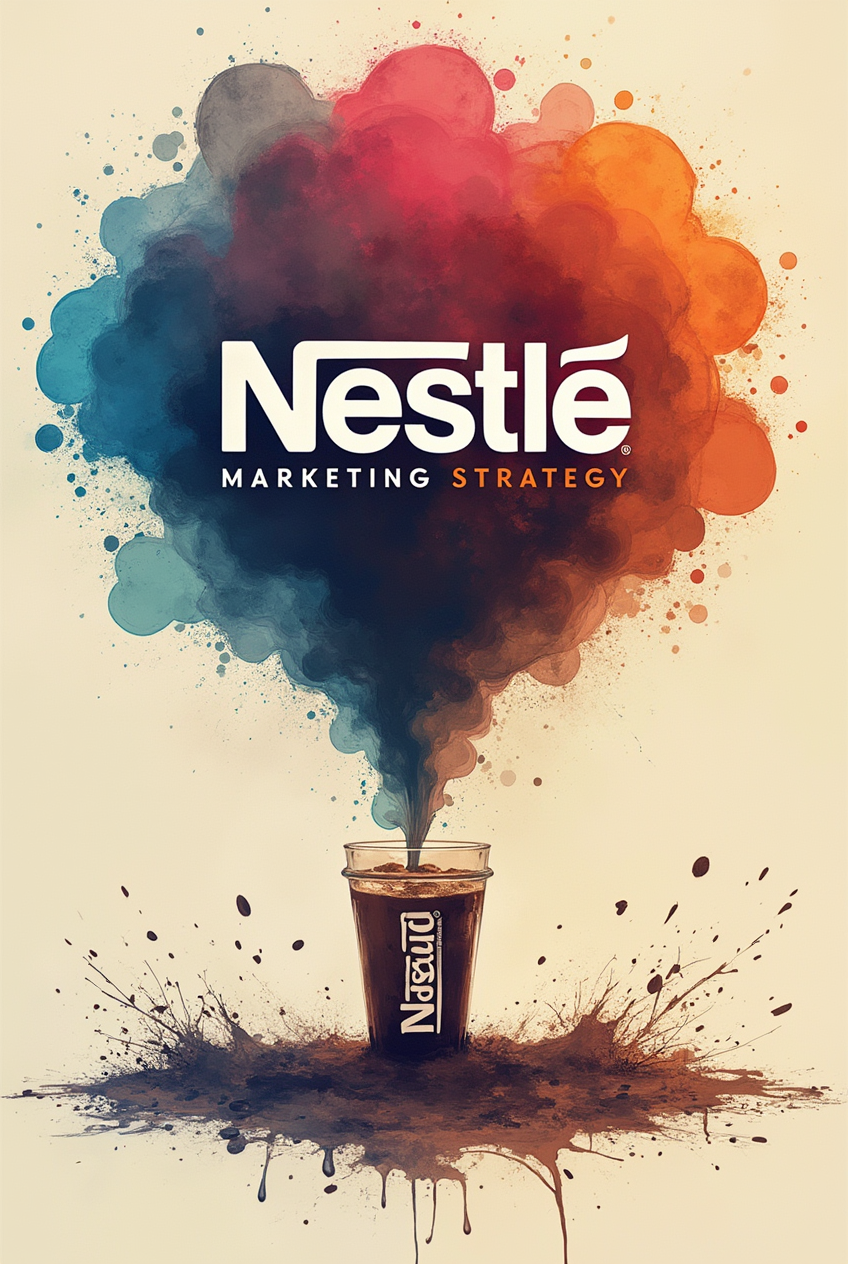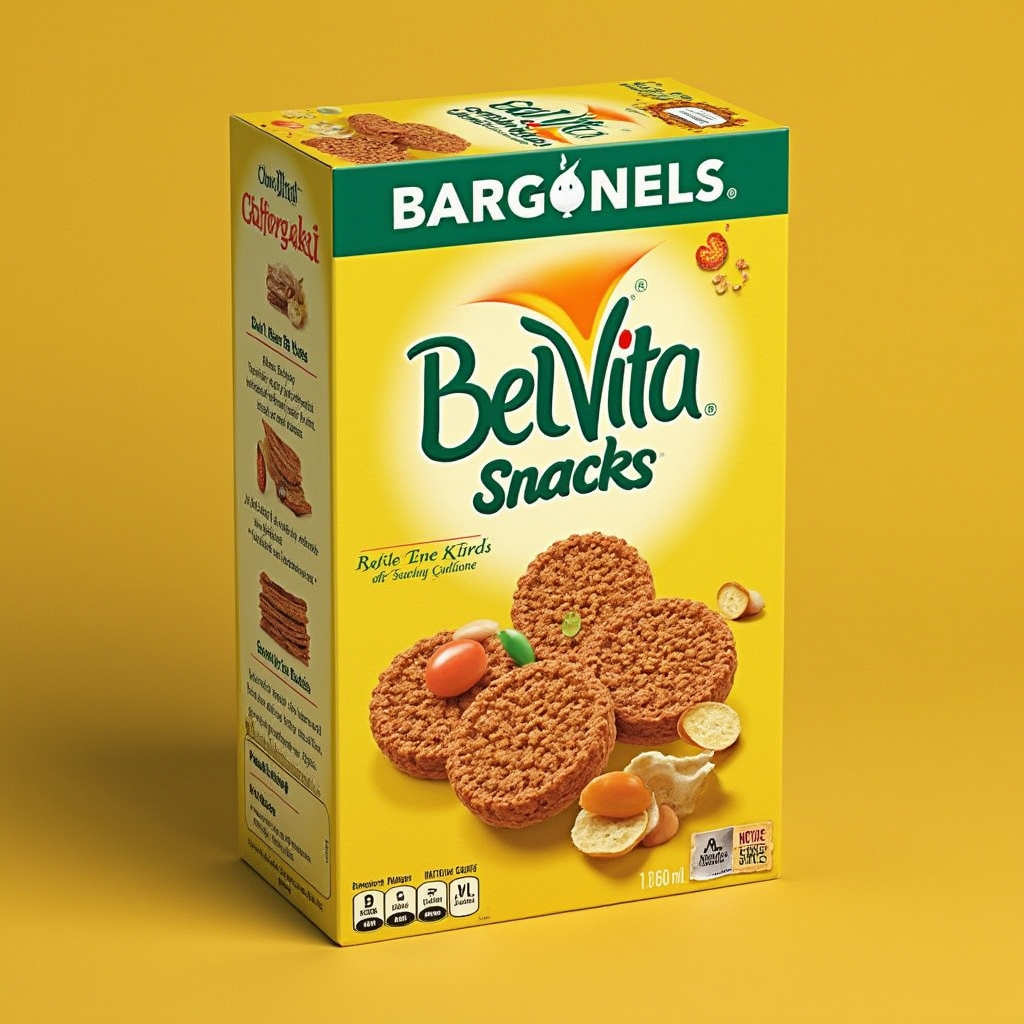Introduction to the Marketing Mix
The marketing mix is a foundational concept in marketing, encapsulating the primary elements that must be considered to market a product or service effectively. Known as the 4Ps—Product, Price, Place, and Promotion—this framework helps businesses strategize and execute their marketing plans. Understanding and optimizing the marketing mix can significantly influence a company’s success in the competitive marketplace.
What are the 4Ps of Marketing?
The 4Ps of marketing are essential components that businesses use to craft a successful marketing strategy. Each P plays a critical role in the marketing mix, and together they help create a comprehensive plan that addresses all aspects of marketing a product or service.
1. Product
The product is the cornerstone of the marketing mix. It refers to the goods or services that a company offers to meet the needs and wants of its target market. Developing a successful product involves understanding customer preferences, conducting market research, and designing features that satisfy those needs. Key considerations for the product include:
- Quality: Ensuring the product meets certain standards and expectations.
- Design: Creating an appealing and functional design that attracts customers.
- Features: Including features that provide value and differentiate the product from competitors.
- Branding: Building a strong brand identity that resonates with consumers.
- Lifecycle: Managing the product’s lifecycle, from introduction to growth, maturity, and decline.
2. Price
Price is a critical factor that influences consumer purchasing decisions. It represents the amount of money customers must pay to acquire the product. Pricing strategies must balance profitability with customer perceived value to ensure competitiveness in the market. Key considerations for pricing include:
- Cost-Based Pricing: Setting prices based on production costs plus a markup.
- Value-Based Pricing: Pricing based on the perceived value to the customer rather than cost.
- Competitive Pricing: Setting prices based on what competitors are charging.
- Discounts and Promotions: Offering temporary price reductions to stimulate demand.
- Psychological Pricing: Using pricing tactics that have a psychological impact, such as pricing items at $9.99 instead of $10.00.
3. Place
Place refers to the distribution channels and locations where the product is available for purchase. Effective distribution ensures that products are accessible to the target market at the right time and place. Key considerations for place include:
- Distribution Channels: Deciding between direct sales, wholesalers, retailers, or online platforms.
- Logistics: Managing the transportation and storage of products.
- Market Coverage: Determining the geographical areas where the product will be sold.
- Inventory Management: Ensuring that stock levels meet demand without overstocking.
- Retail Environment: Creating a shopping experience that enhances customer satisfaction.
4. Promotion
Promotion encompasses all the activities that communicate the product’s value and persuade customers to buy. It involves various channels and tactics to reach the target audience effectively. Key considerations for promotion include:
- Advertising: Using media channels such as TV, radio, print, and online ads to reach a broad audience.
- Sales Promotion: Implementing short-term incentives to boost sales, such as discounts, coupons, and contests.
- Public Relations: Managing the company’s image and building positive relationships with the public through press releases, events, and sponsorships.
- Personal Selling: Employing a sales force to interact directly with customers and close sales.
- Digital Marketing: Utilizing online tools like social media, email marketing, and search engine optimization to engage with customers.
The Importance of the Marketing Mix in Business Strategy
A well-crafted marketing mix is crucial for a business’s success because it:
- Aligns with Customer Needs: Ensures that the product, price, place, and promotion strategies align with what customers want and need.
- Creates Competitive Advantage: Differentiates the product from competitors and attracts customers.
- Maximizes Resource Efficiency: Helps allocate resources effectively to various marketing activities.
- Improves Decision-Making: Provides a structured framework for making strategic marketing decisions.
- Enhances Market Position: Strengthens the company’s position in the market through targeted marketing efforts.
Real-life Examples of Successful Marketing Mix Implementation
To illustrate the effectiveness of the marketing mix, let’s examine a few real-life examples of companies that have successfully implemented the 4Ps.
1. Apple Inc.
- Product: Apple offers high-quality, innovative products like the iPhone, iPad, and MacBook, with unique features and sleek designs.
- Price: Apple employs a premium pricing strategy, reflecting the high value and quality of its products.
- Place: Apple products are available through its own retail stores, authorized resellers, and online platforms, ensuring wide accessibility.
- Promotion: Apple uses a mix of advertising, product launches, and public relations to create buzz and maintain a strong brand image.
2. Coca-Cola
- Product: Coca-Cola provides a wide range of beverages, including its iconic Coca-Cola soda, with consistent quality and taste.
- Price: Coca-Cola uses competitive pricing to remain affordable while maintaining profitability.
- Place: Coca-Cola products are distributed globally, available in supermarkets, convenience stores, restaurants, and vending machines.
- Promotion: Coca-Cola’s promotional strategies include extensive advertising, sponsorships, and social media campaigns to reinforce its brand presence.
3. Nike
- Product: Nike offers a variety of sports apparel and footwear, known for their quality, performance, and innovative designs.
- Price: Nike uses value-based pricing, setting prices based on the perceived value of its products.
- Place: Nike products are sold through its own stores, online platforms, and third-party retailers, ensuring widespread availability.
- Promotion: Nike’s promotion strategy includes high-profile endorsements, advertising campaigns, and social media engagement to build brand loyalty.
Conclusion
Understanding and effectively implementing the marketing mix is essential for any business looking to succeed in today’s competitive market. By carefully considering the 4Ps—Product, Price, Place, and Promotion—companies can create comprehensive marketing strategies that align with customer needs, differentiate from competitors, and achieve business objectives. Real-life examples from companies like Apple, Coca-Cola, and Nike demonstrate the power of a well-executed marketing mix in driving business success.










